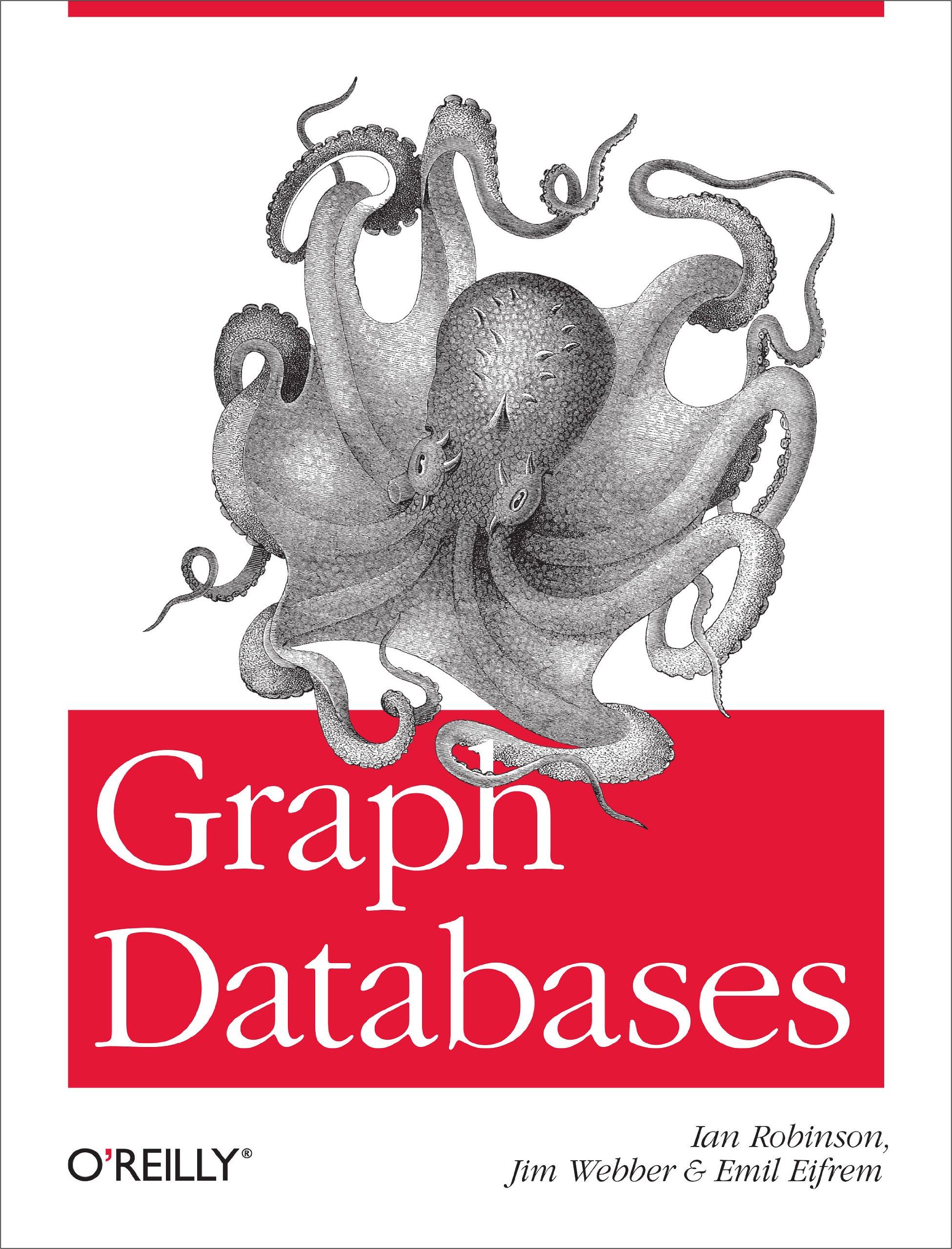Question
Data Structure Course: Write a c++ program that use the table below of compatibility blood tranfusion. The program should ask how many patients you are
Data Structure Course: Write a c++ program that use the table below of compatibility blood tranfusion. The program should ask how many patients you are going to insert in form of a array and store there information of blood type. The program should ask the patient he is a recipient or the donor and then ask for his blood type. The program should print combination if the result of the blood transfusion matches or is not compatible between patients. Which patient is doing the transfusion to the other patient and show there blood types.

Show transcribed image text
I go this code as a expert aswer but it doesn't run or work said about iostream.h declaration not found. I think maybe there are some parts missing I don't know. I try to delete every .h from the first declarations but it doesn't work either.
#include int ch; lc: int n; cout>ch; switch(ch) { case 1:strcpy(blood1,"O+"); break; case 2:strcpy(blood1,"O-"); break; case 3:strcpy(blood1,"A+"); break; case 4:strcpy(blood1,"A-"); break; case 5:strcpy(blood1,"B+"); break; case 6:strcpy(blood1,"B-"); break; case 7:strcpy(blood1,"AB"); break; default:{ cout "; cout>weight1; if(weight1>pulse1; if(pulse190) { cout>ch4; switch(ch4) { case 1:strcpy(blood2,"O+"); break; case 2:strcpy(blood2,"O-"); break; case 3:strcpy(blood2,"A+"); break; case 4:strcpy(blood2,"A-"); break; case 5:strcpy(blood2,"B+"); break; case 6:strcpy(blood2,"B-"); break; case 7:strcpy(blood2,"AB"); break; default:{ cout>recval; } Jan 26, 2013 at 9:08pm nikhil m (5) void DONOR::putit() { cout>n; for(i=1;i>ch; switch(ch) { case 1:strcpy(blood1,"O+"); break; case 2:strcpy(blood1,"O-"); break; case 3:strcpy(blood1,"A+"); break; case 4:strcpy(blood1,"A-"); break; case 5:strcpy(blood1,"B+"); break; case 6:strcpy(blood1,"B-"); break; case 7:strcpy(blood1,"AB"); break; default:{ cout while(pfile.read((char *)&p,sizeof(p))) { if(strcmp(p.blood1,blood1)==0) { cout>ch; switch(ch) { case 1:srchnm1(); clrscr(); break; case 2:srchbg1(); clrscr(); break; case 3:break; } }while(ch==1 || ch==2); } void deletefile() { ifstream pfile; ofstream tempfile; DONOR s; char ch[30]; pfile.open("BLOODDONATION.dat",ios::binary); tempfile.open("Nashtemp.dat",ios::binary); cout : "; gets(ch); while(pfile.read((char*)&s,sizeof(s))) { if(strcmpi(ch,s.name1)!=0) { tempfile.write((char*)&s,sizeof(s)); } } pfile.close(); tempfile.close(); remove("BLOODDONATION.dat"); rename("Nashtemp.dat","BLOODDONATION.dat"); } void modfile() { ifstream pfile; ofstream tempfile; DONOR s; char ch[30]; int no; pfile.open("BLOODDONATION.dat",ios::binary); tempfile.open("Nashtemp.dat",ios::binary); cout>no; while(pfile.read((char*)&s,sizeof(s))) { if(s.rno void avbld() { clrscr(); ifstream mfile; mfile.open("BLOODGROUPS.dat"); GROUPS m; mfile.read((char *)&m,sizeof(m)); coutp.op) { ret=0; } else { ret=1; } } if(strcmp(i.blood2,"O-")==0) { if(i.recval>p.on) { ret=0; } else { ret=1; } } if(strcmp(i.blood2,"A+")==0) { if(i.recval>p.ap) { ret=0; } else { ret=1; } } if(strcmp(i.blood2,"A-")==0) { if(i.recval>p.an) { ret=0; } else { ret=1; } } if(strcmp(i.blood2,"B+")==0) { if(i.recval>p.bp) { ret=0; } else { ret=1; } } if(strcmp(i.blood2,"B-")==0) { if(i.recval>p.bn) { ret=0; } else { ret=1; } } if(strcmp(i.blood2,"AB")==0) { if(i.recval>p.ab) { ret=0; } else { ret=1; } } if(ret==0) { cout=10;li--) { gotoxy(li,22); delay(30); printf("\\"); } for(int lp=16;lp=16;lp--) { gotoxy(70,lp); delay(100); printf("-"); } gotoxy(12,17); textcolor(BLINK + MAGENTA); cprintf(" Welcome To LIFELINE Blood Bank Computer System "); gotoxy(12,20); cprintf(" Designed and Coded By Nash Technologies (C) 2012-13"); gotoxy(31,28); textcolor(LIGHTGREEN); cprintf("Programmed By"); gotoxy(30,31); textcolor(11); cprintf(" Nikhil And Christy "); gotoxy(44,48); textcolor(WHITE); cprintf("Press Any Key To ..........Continue"); getch(); clrscr(); } void pagedes() { for(int i=0;i"; } for(i=0;i textbackground(LIGHTRED); textcolor(LIGHTGRAY); gotoxy(2,3); cout>>>>>>>>>>>"; gotoxy(2,5); cout>ch; switch(ch) { case 1:strcpy(status," Donor"); break; case 2:strcpy(status," Acceptor"); break; case 3:exit(0); default:{ cout "; cout } if(strcmp(status," Donor")==0) { p=doncrit(); if(p==1) { goto lb; } else { go1: do { clrscr(); pagedes(); cout donor information "; cout>ch2; switch(ch2) { case 1:Insertfile(); break; case 2:searchfile(); break; case 3:modfile(); break; case 4:deletefile(); break; case 5:filedisplay(); break; case 6:makdon(); break; case 7:avbld(); break; case 8:clrscr(); goto lb; case 9:exit(0); default : { cout } getch(); } if(strcmp(status," Acceptor")==0) { clrscr(); int ch3,t; do { clrscr(); pagedes(); cout>ch3; switch(ch3) { case 1:accblddisp(); break; case 2:{ insaccpt(); t=chaccpt(); if(t==0) goto lb; break; } case 3:{ prcpt(); break; } case 4:clrscr(); goto lb; case 5:exit(0); clrscr(); } } while(ch3==1||ch3==2||ch3==3); } } are within normal limits without medication"; coutweight loss
are within normal limits without medication"; coutweight loss e. Diabetes-controlled on Insulin"; cout>age1; if(age1=60) { cout
e. Diabetes-controlled on Insulin"; cout>age1; if(age1=60) { cout
Step by Step Solution
There are 3 Steps involved in it
Step: 1

Get Instant Access to Expert-Tailored Solutions
See step-by-step solutions with expert insights and AI powered tools for academic success
Step: 2

Step: 3

Ace Your Homework with AI
Get the answers you need in no time with our AI-driven, step-by-step assistance
Get Started


